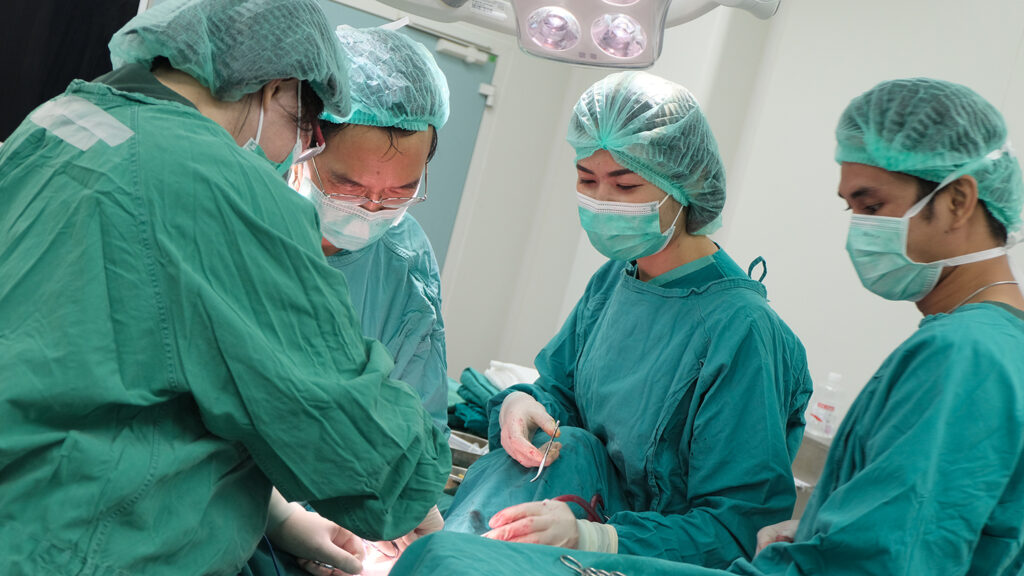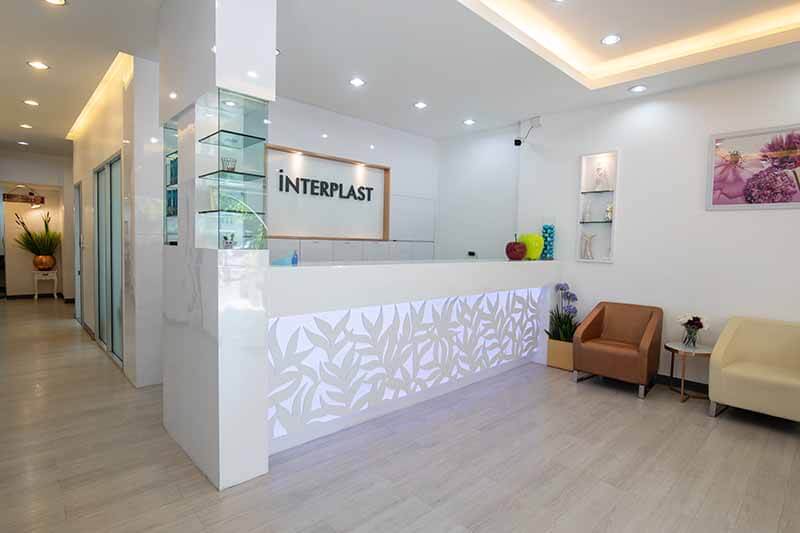Peritoneal Pull-Through (PPV) vs. Penile Inversion Vaginoplasty
Table of Contents
Penile inversion vaginoplasty and peritoneal pull-through vaginoplasty (PPV) are two surgical techniques used in male-to-female gender reassignment surgeries. They both aim to construct a neovagina, but the techniques used are quite different.
Understanding the unique characteristics of each method is crucial in making an informed decision that suits individual needs and circumstances. While penile inversion vaginoplasty capitalises on available penile and scrotal skin to construct the neovagina, its depth is constrained by the quantity of this skin, and the resulting neovagina may lack natural lubrication.
On the other hand, PPV leverages the lining of the abdominal cavity, or peritoneum, to form a deeper, self-lubricating neovagina, although this method involves more complex abdominal surgery and less is known about its long-term outcomes.

Penile Inversion Vaginoplasty
This is the most traditional method of vaginoplasty for transgender women. In this procedure, the skin from the penile shaft and scrotum is used to create the vaginal canal and the vulva. The goal of this procedure is to create a neovagina that is functional (for sexual intercourse) and aesthetically pleasing. However, one limitation of this method is that the depth of the neovagina depends on the amount of penile and scrotal skin available, which can limit the maximal depth that can be achieved. Additionally, the neovagina created with penile inversion may not self-lubricate very well, which can impact sexual activity.
Penile Inversion Vaginoplasty Advantages:
- A well-established technique that is considered relatively safe
- The skin from the penis and scrotum is similar to vulvar skin, providing a natural look post-surgery
- Unlike the peritoneal pull-through method, the penile inversions procedure doesn’t require any abdominal incisions
Penile Inversion Vaginoplasty Disadvantages:
- Limited depth
- Neovagina doesn’t self lubricate
- Requires regular cleaning and douching
- Some patients may experience diminished sexual sensitivity

Peritoneal Pull-Through Vaginoplasty (PPV)
This is a newer method where a section of the peritoneal lining (the lining of the abdominal cavity) is used to create the vaginal canal. The advantage of this technique is that it provides a deeper vaginal canal compared to the penile inversion technique. The PPV technique also results in a naturally self-lubricating neovagina, similar to a natural vagina. However, as PPV is a relatively new technique, long term outcomes on transgender women are still unknown.
Peritoneal Pull-Through Vaginoplasty (PPV) Advantages:
- More vaginal depth
- Self lubrication and elasticity
- Requires less dilation and douching
- No visually perceptible scarring
- Less risk of prolapse
Peritoneal Pull-Through Vaginoplasty (PPV) Disadvantages:
- Requires abdominal surgery, which carries a risk of damage to the abdominal area
- Not suitable for overweight patients
- Without regular dilation the neovagina may lose depth
- Unknown long-term outcomes on transgender women

It should be mentioned that there is no universally “best” choice between these two methods. The optimal choice depends on the individual’s personal needs, their specific anatomical conditions, overall health status, and personal priorities like depth, self-lubrication, and recovery time. This decision should be made in consultation with experienced healthcare professionals who can provide detailed insights tailored to the individual’s unique situation.
If you’re interested in male-to-female gender reassignment surgeries, contact Interplast Clinic and ask to speak with one of our experts.














